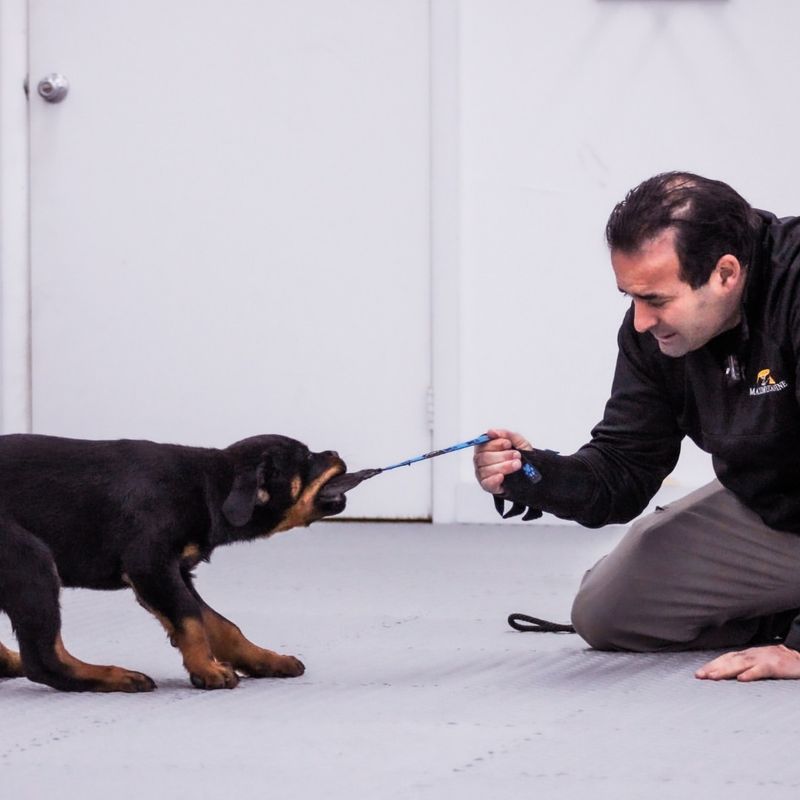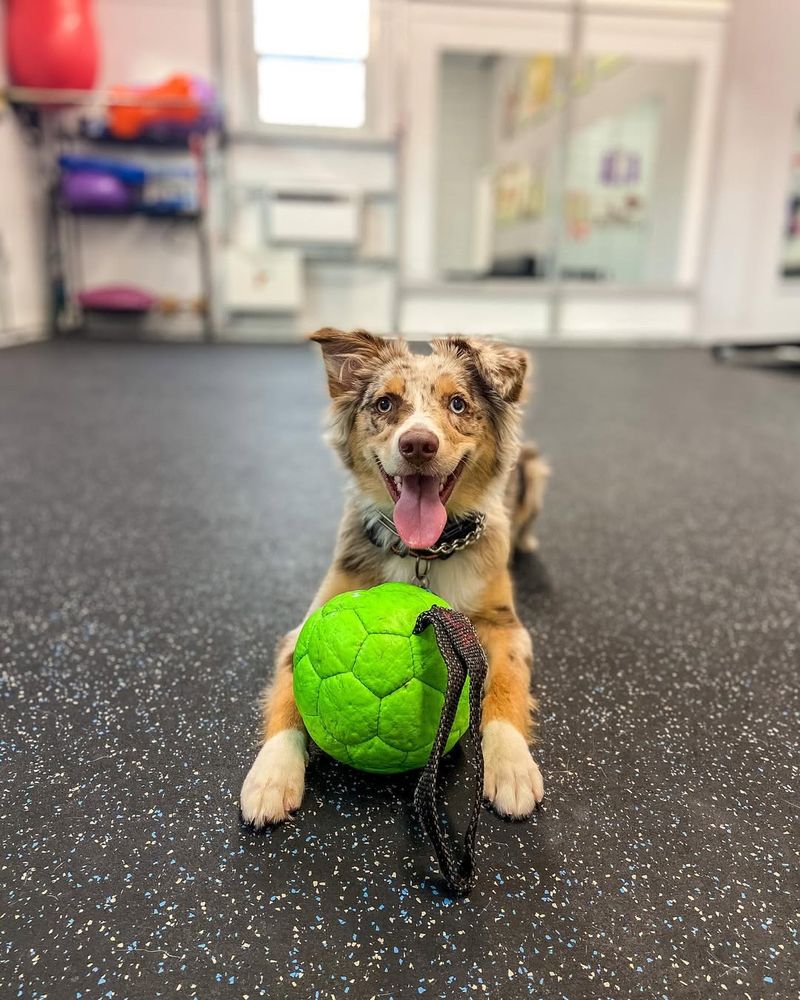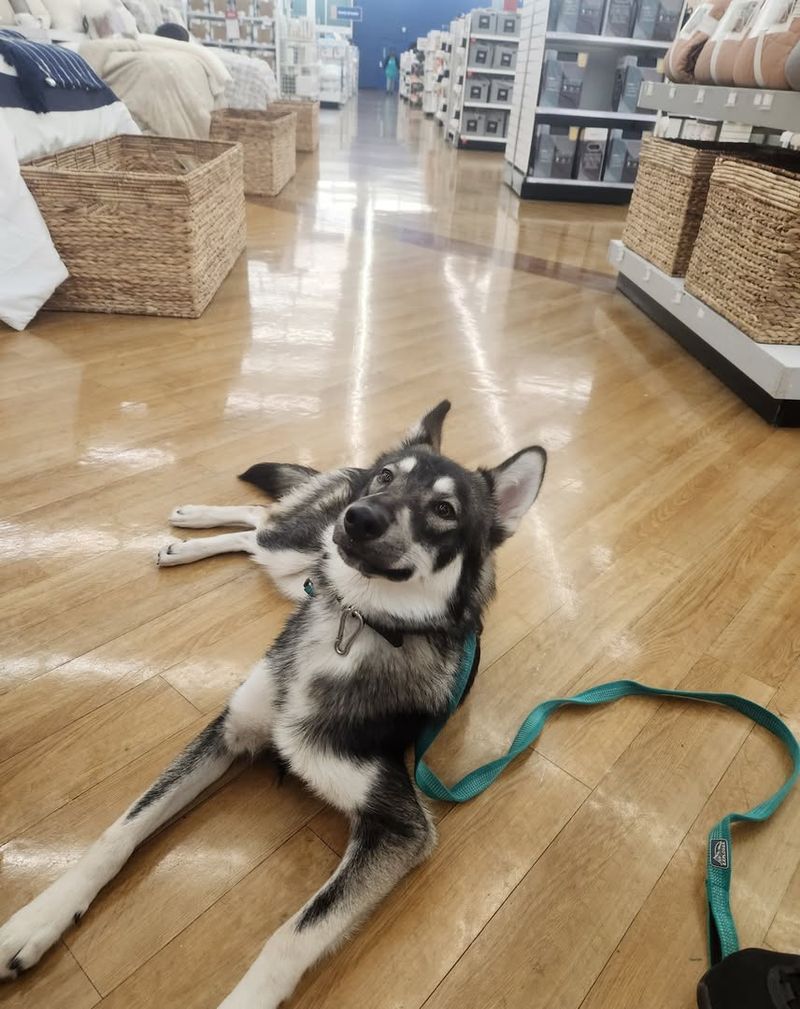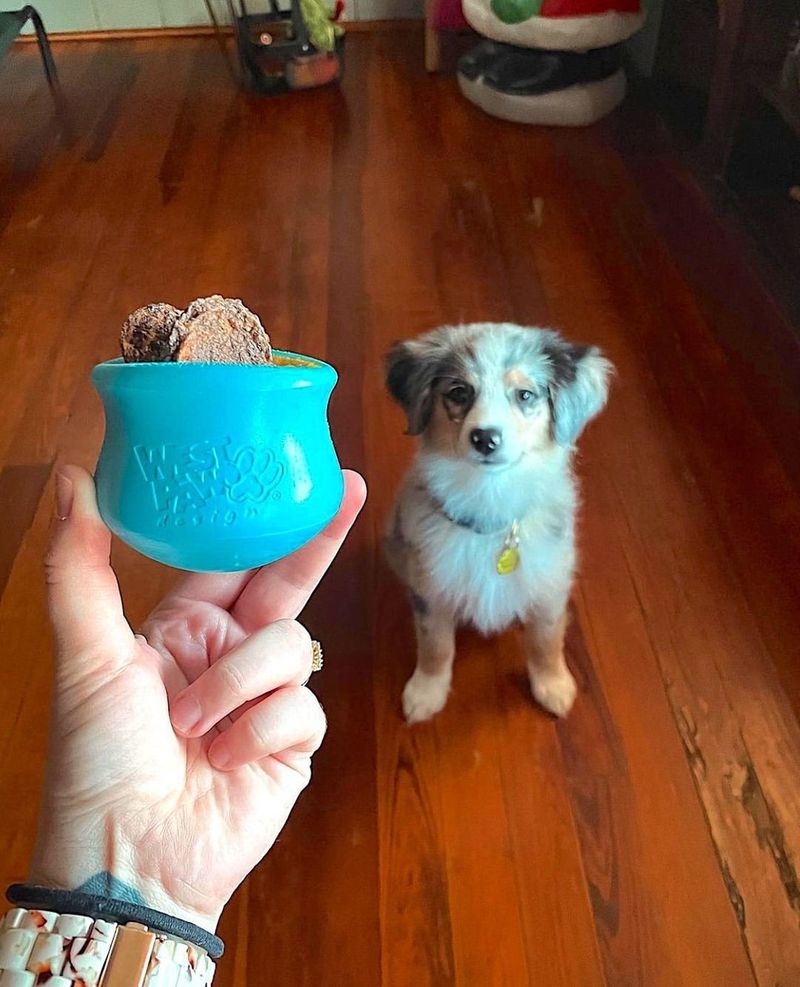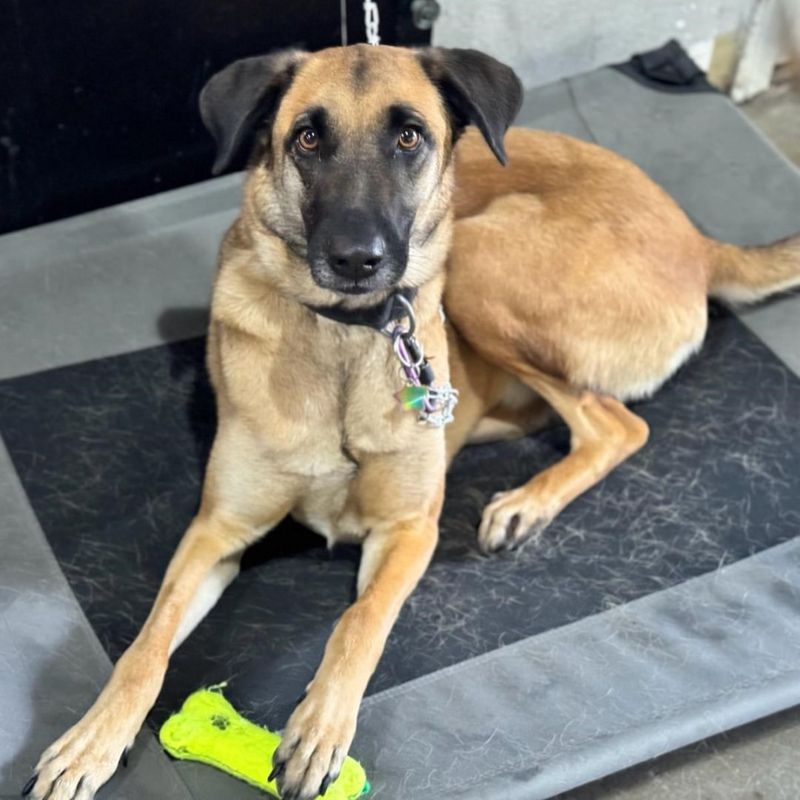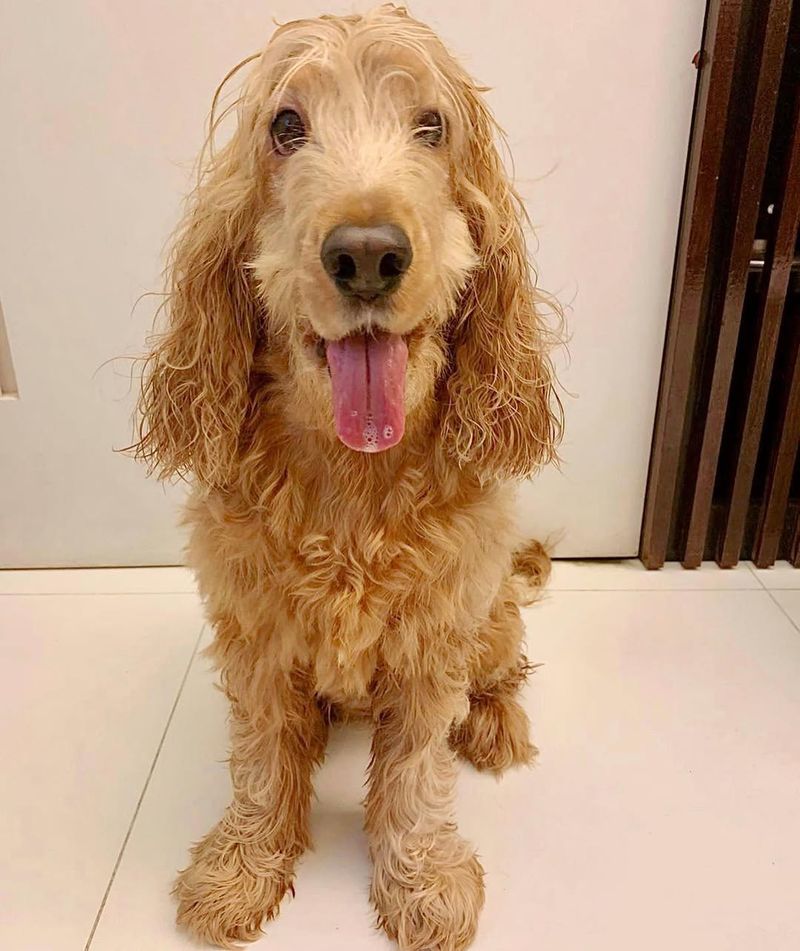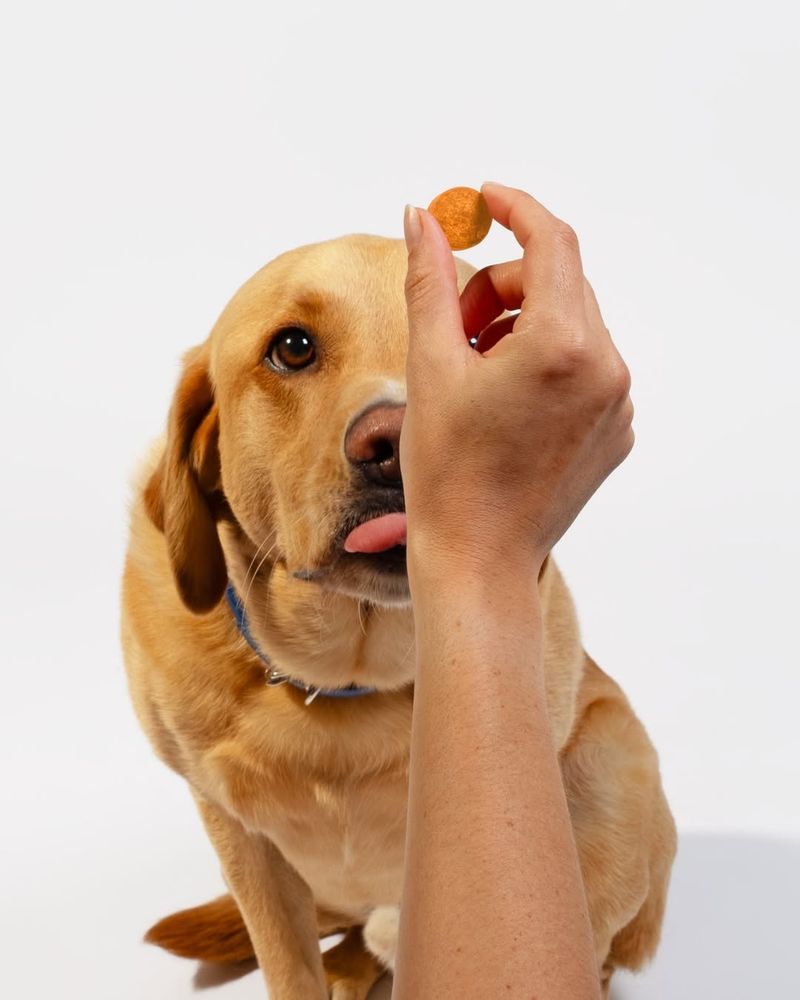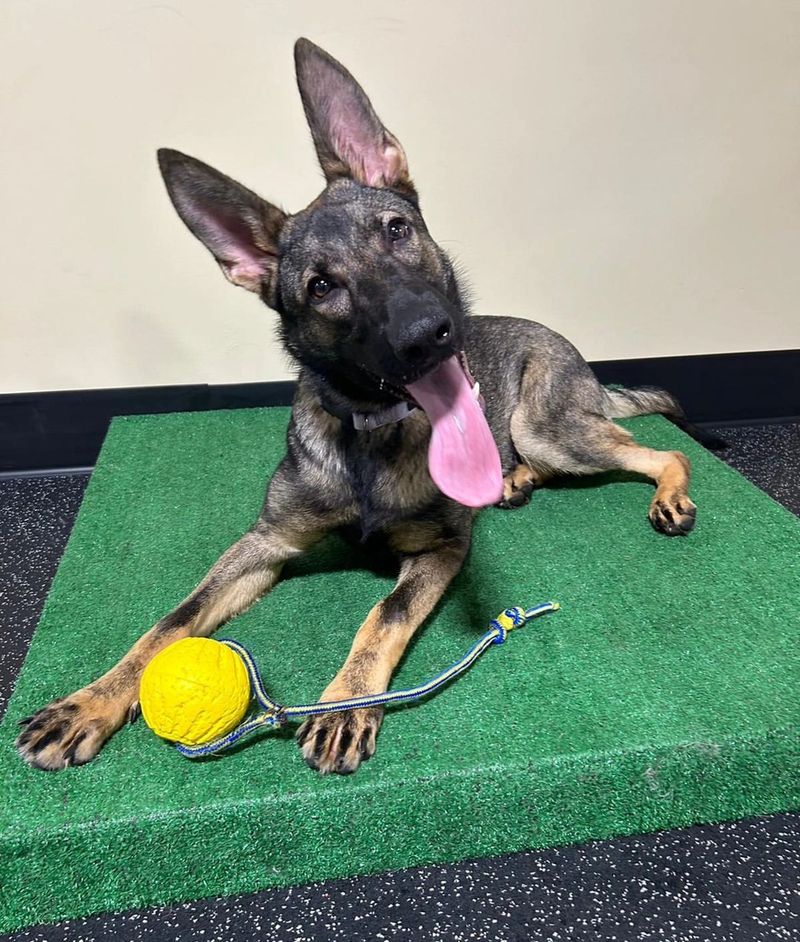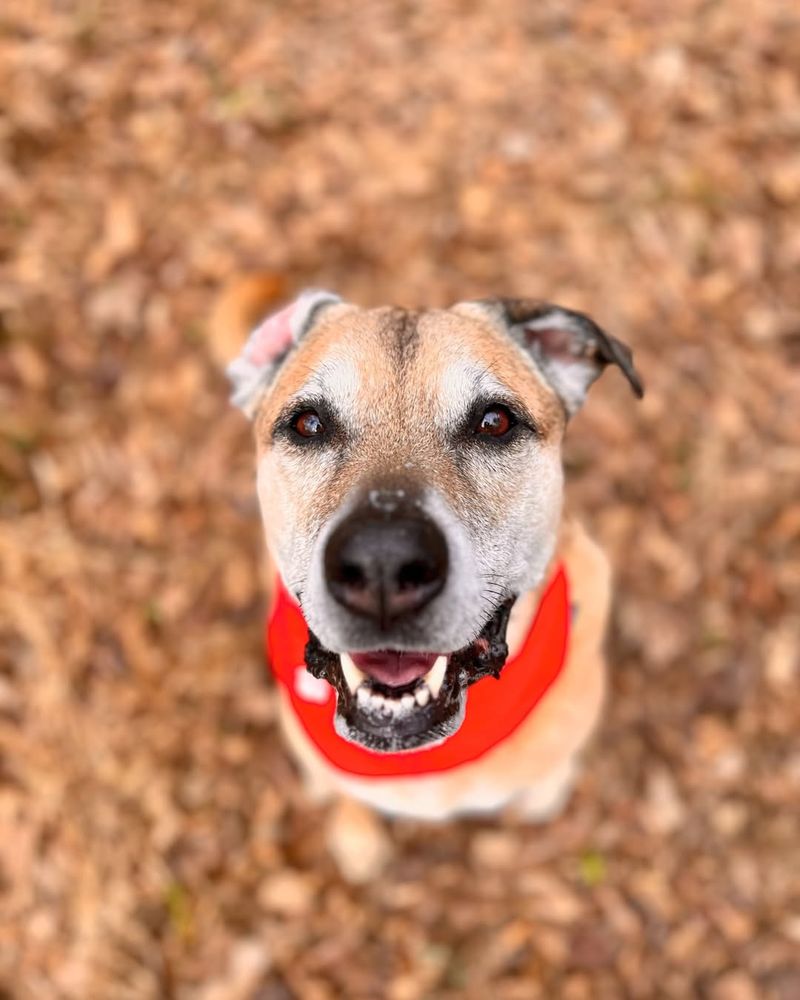Understanding why dogs snap is crucial for pet owners. While it can be alarming, snapping is often a form of communication for dogs. Recognizing the causes and learning prevention strategies can lead to a harmonious relationship between you and your furry friend.
Fear and Anxiety
Fear and anxiety are common reasons why dogs may snap. When a dog feels threatened or cornered, snapping can be a defensive response. This often happens in unfamiliar environments or when faced with sudden noises.
For instance, a visit to the vet might trigger anxiety in some dogs. To prevent this, gradually acclimating your dog to new experiences and offering reassurance can help.
Consistent positive reinforcement and patience are key in reducing fear-based snapping, fostering a sense of security and trust in your pet.
Pain or Discomfort
Dogs may snap when they’re in pain or experiencing discomfort. This is their way of saying “leave me alone.” It can occur if they have an injury or a medical condition.
Observing changes in behavior or signs of pain, such as limping or yelping, is important. If you suspect pain, consult a veterinarian immediately.
Addressing the underlying health issue can prevent snapping. Regular health check-ups and attentive care can ensure your dog remains comfortable and reduces the likelihood of snapping due to pain.
Possessiveness
Possessiveness over toys, food, or territory can lead to snapping as a protective measure. Dogs often guard valuable resources, perceiving threats to their possessions.
This behavior is natural but manageable. Training your dog to “leave it” or “drop it” with rewards can help mitigate possessiveness.
Consistent training and setting clear boundaries are essential in reducing resource guarding, ensuring a healthier interaction between your dog and others. Understanding your dog’s triggers and working patiently on them is the key to preventing possessive snapping.
Lack of Socialization
Puppies lacking early socialization may become snappy around unfamiliar people or dogs. Socialization helps dogs learn how to interact safely and confidently in various settings.
Introducing your dog gradually to new experiences from a young age is beneficial. Gentle exposure to different environments, sounds, and other animals is crucial.
Continued socialization throughout a dog’s life encourages positive behavior. This proactive approach fosters a well-adjusted pet less likely to snap due to unfamiliar situations, enhancing their confidence and comfort.
Lack of Training
Without proper training, dogs may not understand how to behave appropriately, leading to snapping out of confusion or frustration. Basic obedience training provides structure and clarity for dogs.
Consistent training using positive reinforcement techniques can guide dogs in learning desired behaviors. Enrolling in training classes or working with a professional can be beneficial.
Training helps build a strong bond between you and your dog, promoting trust and reducing unwanted behaviors like snapping. Well-trained dogs are confident and well-behaved, creating a harmonious living environment.
Overstimulation
Overstimulation can lead to snapping when a dog becomes overwhelmed by too much activity or excitement. This often occurs in busy environments like dog parks.
Recognizing signs of overstimulation, such as excessive barking or inability to focus, is important. Providing breaks and a calm environment can help manage this behavior.
Gradually exposing your dog to stimulating situations with controlled interaction can prevent snapping. Ensuring they have a quiet space to retreat to can also aid in reducing stress and promoting calmness.
Frustration
Dogs may snap due to frustration when they can’t achieve a desired goal, like reaching a squirrel outside. This pent-up energy needs an outlet.
Providing ample physical exercise and mental stimulation can reduce frustration-related snapping. Interactive toys and regular playtime are beneficial.
Training your dog to handle frustration through patience and gentle guidance helps them cope better. This proactive approach ensures a balanced lifestyle, minimizing the chances of snapping due to unmet desires or goals.
Previous Trauma
Past trauma, such as abuse or neglect, can cause a dog to snap as a defensive mechanism. These dogs often require special attention and patience.
Creating a safe, loving environment and using positive reinforcement can aid their recovery. Understanding their triggers and avoiding them is crucial.
Gradual exposure to safe and positive interactions helps rebuild trust. Professional help from a behaviorist may be necessary to address deep-seated issues, ensuring a happier, more secure pet.
Protectiveness
Some dogs may snap when they feel the need to protect their family or territory. This instinctual behavior is often seen as loyalty.
Training your dog to recognize non-threatening situations is essential. Teaching them to obey commands like “sit” or “stay” can help control protective snapping.
Reinforcing calm behavior and rewarding non-defensive actions encourages a balanced response. Ensuring clarity between real threats and everyday interactions fosters a trusting environment, reducing unnecessary protective snapping.
Lack of Exercise
Insufficient exercise can lead to snapping due to pent-up energy and restlessness. Dogs require regular physical activity to maintain their well-being.
Providing daily walks, play sessions, and opportunities for running can help manage energy levels. Engaging in activities that suit your dog’s breed and temperament is beneficial.
A well-exercised dog is calmer and less likely to display unwanted behaviors like snapping. Balancing physical activity with mental stimulation ensures a content and healthy pet, reducing the likelihood of frustration-induced snapping.
Changes in Environment
Changes in a dog’s environment, such as moving to a new home, can cause stress and snapping. Dogs thrive on routine and familiarity.
Gradual acclimation to new surroundings and maintaining familiar routines can ease the transition. Providing comfort items, like favorite toys or blankets, helps.
Being patient and understanding during this period is crucial. As your dog becomes accustomed to the changes, their anxiety and likelihood of snapping will decrease, fostering a sense of stability and calm.
Inadequate Mental Stimulation
Dogs need mental stimulation to prevent boredom-related snapping. Without it, they may resort to unwanted behaviors out of frustration.
Providing interactive toys, puzzles, and training exercises can engage your dog’s mind. Regularly introducing new challenges keeps them interested.
Mental stimulation fosters an alert and happy pet, reducing the likelihood of snapping. Balancing mental engagement with physical activities ensures a well-rounded lifestyle, promoting overall well-being and contentment.
Resource Guarding
Resource guarding occurs when a dog becomes protective over food, toys, or other valued items, leading to snapping. This behavior stems from insecurity or past experiences.
Training your dog to share and trust that their resources are safe is important. Using commands like “leave it” with positive reinforcement can mitigate this behavior.
Establishing consistent routines around feeding and playtime helps reduce resource guarding. Ensuring your dog feels secure with their possessions minimizes snapping, creating a harmonious environment.
Hunger
Hunger can lead to snapping in dogs, especially if they’re not fed on a consistent schedule. A hungry dog may become irritable and impatient.
Ensuring regular feeding times and balanced diets is crucial to prevent hunger-induced snapping. Monitoring portion sizes and nutritional needs helps maintain your dog’s health.
A well-fed dog is generally more content and less likely to exhibit unwanted behaviors. Consistency, coupled with a proper diet, ensures a happy and well-adjusted pet, minimizing impatience-driven snapping.
Age-Related Issues
Older dogs might snap due to age-related issues like arthritis or cognitive decline. These conditions can cause discomfort and confusion.
Regular veterinary check-ups and appropriate treatments can help manage these issues. Providing a comfortable and supportive environment is important.
Understanding and patience with age-related changes promote a loving relationship. Addressing health concerns and offering companionship can ease the challenges of aging, reducing the likelihood of snapping.
Miscommunication
Miscommunication between dogs and owners can lead to snapping. Dogs rely on clear signals to understand expectations.
Ensuring consistent commands and positive reinforcement reduces confusion. Training sessions that focus on clear communication are beneficial.
Building a strong bond through understanding and patience fosters trust. Addressing miscommunication ensures a harmonious relationship, minimizing snapping caused by misunderstandings.
Competing for Attention
Competing for attention can cause dogs to snap, especially in multi-pet households. Each dog seeks individual recognition and affection.
Ensuring equal attention and separate bonding time with each pet is vital. Observing interactions and providing guidance can manage this behavior.
Fostering a balanced and inclusive environment promotes harmony. Recognizing each dog’s needs and offering positive reinforcement ensures a peaceful coexistence, minimizing attention-related snapping.
Seasonal Allergies
Seasonal allergies can irritate dogs, leading to discomfort and snapping. Allergens like pollen can cause itching and restlessness.
Regular grooming and veterinary care help manage allergy symptoms. Identifying and minimizing exposure to allergens is important.
Providing relief through medications or natural remedies ensures a comfortable pet. Addressing allergies promptly reduces irritability and snapping, promoting a calm and relaxed demeanor.
Inconsistent Discipline
Inconsistent discipline can confuse dogs, leading to snapping due to uncertainty. Clear and consistent rules are essential for well-behaved pets.
Ensuring all family members follow the same training methods promotes understanding. Consistency in commands and expectations builds trust.
A unified approach to discipline fosters a secure environment. Addressing inconsistencies reduces confusion-related snapping, supporting a harmonious household.
Separation Anxiety
Separation anxiety can cause dogs to snap when left alone or when anticipating their owner’s departure. This behavior stems from fear and insecurity.
Gradually acclimating your dog to being alone through positive reinforcement can ease anxiety. Providing distractions like toys or treats helps.
Ensuring your dog feels safe and secure in your absence promotes independence. Addressing separation anxiety with patience and understanding reduces stress-induced snapping, enhancing their comfort.
Medical Conditions
Undiagnosed medical conditions can lead to snapping as dogs struggle with discomfort. Regular vet visits ensure health issues are addressed.
Observing changes in behavior and seeking prompt medical attention is vital. Proper diagnosis and treatment alleviate pain and prevent snapping.
Maintaining a healthy lifestyle and monitoring your dog’s well-being promotes happiness. Proactive healthcare reduces the risk of medical-related snapping, ensuring a joyful pet.





